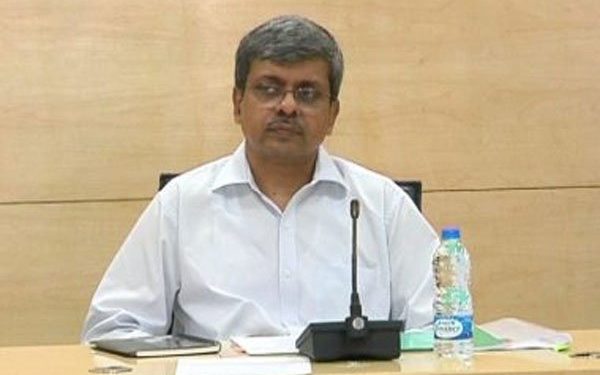Bhubaneswar: Odisha government has chalked out strategies to implement the ‘Clean Air Action Plan’ for the improvement of environmental condition and reduction of health hazards.
A meeting held under the chairmanship of state Chief Secretary Aditya Prasad Padhi Friday decided that the Forest & Environment departments would work as nodal department for implementation of the State Clean Air Action Plan.
Bhubaneswar IIT would be taken as technological partner for the implementation of the action plan.
Chief Secretary directed the collectors to devise city specific action strategies keeping in view the local pollution level and steps already initiated.
Padhi also directed to intensify the enforcement activities for curtailing the pollution generated by the major polluters.
Development Commissioner Asit Kumar Tripathy directed the concerned departments to segregate the suggestions into short-term, long-term and medium-term action agenda and prepare specific strategies for achieving national standards of air quality particularly in the identified six cities.
Member Pollution Control Board Debidatta Biswal said the blue print of the action plan was prepared under the joint efforts of New Delhi based Center for Science & Environment (CSE), state Forest and Environment Department and State Pollution Control Board.
The suggestive findings were shared with respective departments and agencies in the meeting.
The main sources of polluting matters such as PM10 and PM 2.5 are mainly coming from the dust, transport, burning in residential area, construction and demolition materials, DG sets, brick kilns, industry and different types of waste.
The meeting decided to set up daily air quality pubic information system based on national air quality index and align the action strategies accordingly.
As per air quality study, there are about 102 cities in the country including six in Odisha —Angul, Balasore, Bhubaneswar, Cuttack, Rourkela and Talcher where air quality does not confirm to the National Ambient Quality Standards (NAAQS).
The permissible limit of annual average level of PM10 is 60 microgram per cubic meter and PM 2.5 level is 40 microgram per cubic meter. As per this matrix, the six cities have been regarded as non-attainment cities, sources said.
(UNI)







































